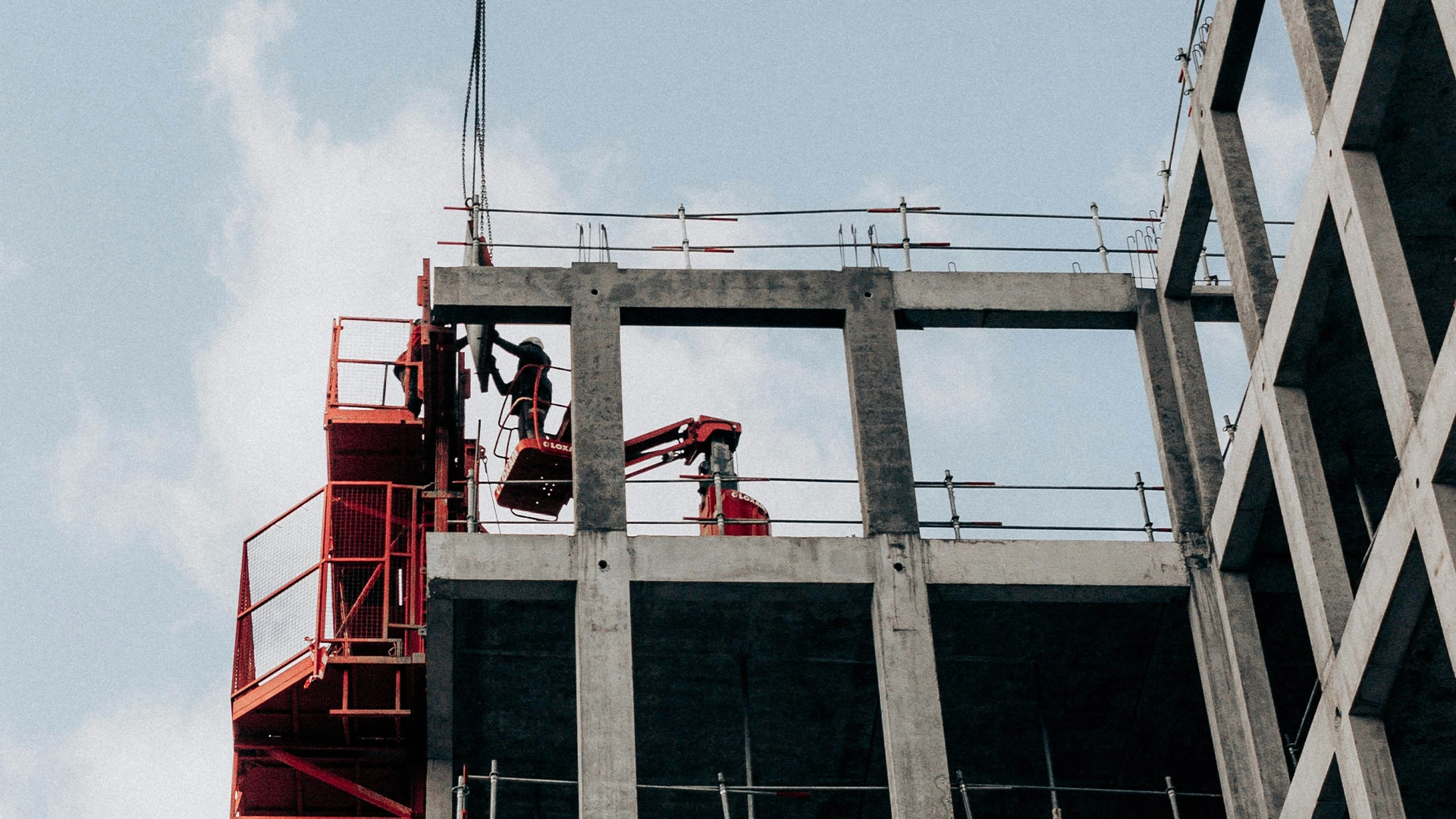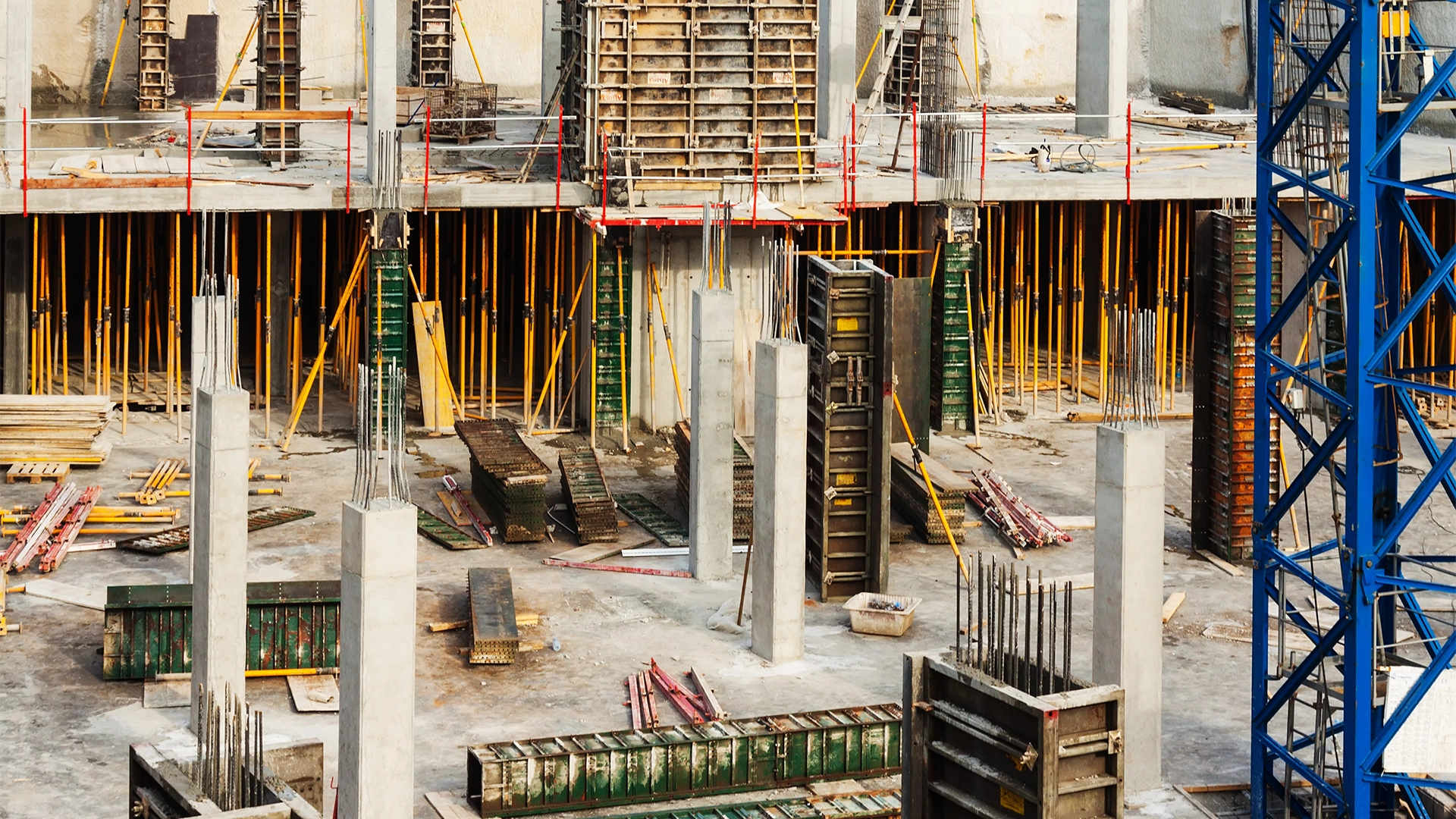Understanding Reinforced Concrete Beams & Columns for Safety
When it comes to the safety and stability of structures, reinforced concrete beams and columns play a critical role. These essential components not only support the weight of buildings but also ensure they withstand various forces, from natural disasters to everyday wear and tear. In this post, we’ll delve into Reinforced Concrete Beams & Columns: What You Need to Know for Safety, providing you with the insights necessary for making informed decisions about your structural engineering needs.
As someone considering or engaged in a construction project, understanding the intricacies of reinforced concrete is paramount. This material, combining the tensile strength of steel with the compressive strength of concrete, forms the backbone of modern architecture. In this blog, we will explore the key aspects of reinforced concrete beams and columns, their design principles, and the safety standards that govern their use, ensuring you have a comprehensive grasp of why they matter to you.
We’ll cover the types of beams and columns, the importance of proper reinforcement, and the common challenges faced in their design and construction. Moreover, understanding these elements is crucial not just for compliance with safety regulations but also for enhancing the longevity and durability of your structures. This knowledge is invaluable for anyone seeking structural engineering services or consultancy, as it empowers you to engage in meaningful discussions with professionals like us at Engineering Sydney.
At Engineering Sydney, we pride ourselves on delivering exceptional consultancy services tailored to your project’s needs. Our expertise in structural engineering ensures that we provide innovative and practical solutions for reinforced concrete applications. If you have questions or need guidance on your project, don’t hesitate to contact us. Let’s work together to ensure your construction is safe, durable, and built to last.
Reinforced Concrete Beams & Columns: What You Need to Know?
Reinforced Concrete Beams & Columns: What You Need to Know primarily revolves around understanding the critical role these structural elements play in ensuring safety and stability in construction. Reinforced concrete is a composite material that combines concrete’s compressive strength with steel’s tensile strength, creating a robust solution designed to withstand various loads and forces. This synergy is particularly vital in beams and columns, which must support the weight of structures and resist bending and buckling under stress.

The key characteristics of reinforced concrete beams and columns include their composition and structural behaviour. Beams are horizontal members designed to support loads, spanning between supports, while columns are vertical elements that transfer loads from beams to the foundation. The steel reinforcement, typically in the form of bars or mesh, is strategically placed within the concrete to enhance its performance, particularly in areas prone to tension. This design helps mitigate cracking and failure, making it a fundamental aspect of structural engineering.
In the context of safety, understanding Reinforced Concrete Beams & Columns: What You Need to Know is crucial. These elements are not just functional; they are vital for ensuring that structures can endure both static and dynamic loads, such as those from wind, earthquakes, and even human activity. For example, consider a building under construction; the beams and columns must be designed to safely support the weight of not only the structure itself but also any additional loads that may arise over time. In many construction scenarios, especially during early stages, Shoring Systems work in tandem with reinforced beams and columns to provide temporary stability and prevent structural movement or collapse. Misconceptions often arise regarding the sufficiency of plain concrete; without reinforcement, concrete can easily fail under tension, which is why the combination is so essential.
At Engineering Sydney, we prioritise providing you with insights into these structural components, ensuring you understand how they contribute to the overall safety and durability of your projects. Our expertise in structural engineering allows us to develop innovative solutions tailored to your needs, enhancing the safety and longevity of your constructions. For more information on how we can assist with your engineering needs, visit our structural engineering page.
Essential Terminology for Reinforced Concrete Beams & Columns
To fully grasp the concepts surrounding Reinforced Concrete Beams & Columns, it’s essential to familiarise yourself with some key terms. Understanding these terms will empower you to navigate the complexities of structural design and safety more effectively.
Reinforcement
Reinforcement refers to the use of materials, such as steel bars or mesh, embedded in concrete to improve its tensile strength and load-bearing capacity. This is crucial because concrete is strong in compression but weak in tension, and reinforcement ensures that beams and columns can withstand various stresses without failing in structural applications. It plays a vital role in Reinforced Concrete Beams & Columns: What You Need to Know, as proper reinforcement is fundamental to ensuring safety and durability in construction projects.
Load-Bearing Capacity
Load-bearing capacity is the maximum load that a structure can support without experiencing failure, which is a critical factor in engineering design. In the context of reinforced concrete beams and columns, understanding their load-bearing capacity helps ensure that structures remain safe and functional under various loads, including live loads (like people and furniture) and dead loads (such as the weight of the structure itself). This knowledge is essential for achieving compliance with safety standards in Reinforced Concrete Beams & Columns: What You Need to Know for Safety.
Concrete Curing
Concrete curing is the process of maintaining adequate moisture, temperature, and time to allow the concrete to achieve its desired strength and durability. Proper curing is vital for reinforced concrete beams and columns to reach their full potential, as it affects their structural integrity and lifespan. Understanding this process can significantly impact the performance and safety of your construction project.
Shear Force
Shear force is the force that acts parallel to the surface of a material, typically resulting from loads applied to a structure. In reinforced concrete beams and columns, shear forces must be carefully considered during design to prevent cracking or failure, especially in areas where loads are concentrated. Recognising how shear force impacts your structure is a crucial aspect of Reinforced Concrete Beams & Columns: What You Need to Know.
Moment of Inertia
Moment of inertia is a property that measures the distribution of cross-sectional area of a beam or column, affecting its resistance to bending. A higher moment of inertia means that a beam or column can support larger loads without excessive deflection. This concept is vital for ensuring that your reinforced concrete structures are not only safe but also perform adequately under expected loads.
Tensile Strength
Tensile strength is the resistance of a material to breaking under tension. Since concrete alone has low tensile strength, the incorporation of reinforcement materials is crucial for improving this property in beams and columns. Understanding tensile strength allows you to appreciate the importance of proper reinforcement in Reinforced Concrete Beams & Columns: What You Need to Know for Safety.
Column Buckling
Column buckling is a failure mode that occurs when a column is subjected to compressive forces, causing it to bend and potentially collapse. This is particularly relevant in structural engineering, as buckling can lead to catastrophic failures if not adequately addressed in design. Awareness of column buckling helps you understand the importance of design considerations for safety in your reinforced concrete structures.
By familiarising yourself with these essential terms, you can enhance your understanding of Reinforced Concrete Beams & Columns: What You Need to Know and make informed decisions for your projects. At Engineering Sydney, we are here to help you navigate these concepts and ensure the safety and integrity of your structures.
Frequently Asked Questions about Reinforced Concrete Beams & Columns
Here, we address some of the most common questions regarding reinforced concrete beams and columns, providing you with essential information for ensuring safety and structural integrity.
Reinforced concrete beams and columns are structural elements that combine concrete with steel reinforcement to enhance their strength and durability. The concrete provides compressive strength, while the steel reinforcement, usually in the form of bars or mesh, offers tensile strength, making them ideal for supporting heavy loads in buildings and other structures.
Safety is paramount when dealing with reinforced concrete structures, as they must withstand various loads and environmental factors. Proper design and construction ensure that beams and columns can support the intended weight and resist potential failures, protecting both the structure and its occupants.
To ensure correct design of reinforced concrete beams and columns, it’s essential to work with a qualified structural engineer. They will analyse the specific requirements of your project, considering factors such as load conditions, material properties, and environmental influences, to create a safe and efficient design.
Common issues include cracking, deflection, and corrosion of the steel reinforcement. These problems can arise from improper design, inadequate maintenance, or exposure to harsh environmental conditions. Regular inspections and maintenance can help identify and mitigate these issues before they compromise structural integrity.
Maintaining the safety of reinforced concrete structures involves regular inspections, addressing any signs of wear or damage, and ensuring that the materials used are not exposed to corrosive elements. Implementing a preventative maintenance plan can help prolong the lifespan of your beams and columns and ensure they remain safe for use.
Several factors influence the design of reinforced concrete beams and columns, including the type of loads they will bear (such as live loads, dead loads, and wind loads), the dimensions of the elements, the quality of materials, and the local building codes. A thorough analysis by a structural engineer will ensure these factors are appropriately considered.
Yes, there are various types of reinforced concrete beams and columns, including cantilever beams, continuous beams, and column types like rectangular, square, or circular. Each type serves different structural purposes and is selected based on the specific requirements of the project.
We hope these FAQs have clarified your understanding of reinforced concrete beams and columns. If you have further questions or need professional assistance, feel free to reach out to us at Engineering Sydney.
Wrapping Up: The Essential Role of Reinforced Concrete Beams & Columns
In our discussion on Reinforced Concrete Beams & Columns: What You Need to Know, we’ve explored their crucial role in ensuring the safety and stability of structures. We highlighted the various aspects, including their design, materials, and the engineering principles that underpin their effectiveness. Understanding these elements is vital for anyone involved in construction and design, as they form the backbone of many architectural projects.
The importance of Reinforced Concrete Beams & Columns cannot be overstated, especially when it comes to safety. These components are engineered to withstand significant loads, ensuring that the structures they support remain safe and functional over time. By grasping the principles behind their design, you can better appreciate how they contribute to the durability and resilience of your projects.
Our insights aim to equip you with the knowledge you need to make informed decisions about your construction endeavours. Whether you’re a contractor, architect, or simply someone interested in structural engineering, understanding Reinforced Concrete Beams & Columns is essential for achieving successful outcomes in your projects. We encourage you to apply what you’ve learned and consider how these principles might enhance your own work.
At Engineering Sydney, we are committed to providing expert guidance and innovative solutions tailored to your needs. If you have further questions or require assistance with your structural projects, please don’t hesitate to reach out. You can explore more about our services on our contact page. Let’s work together to ensure the safety and integrity of your structures, and don’t forget to check out our insights on structural engineering for a deeper understanding of this field.

